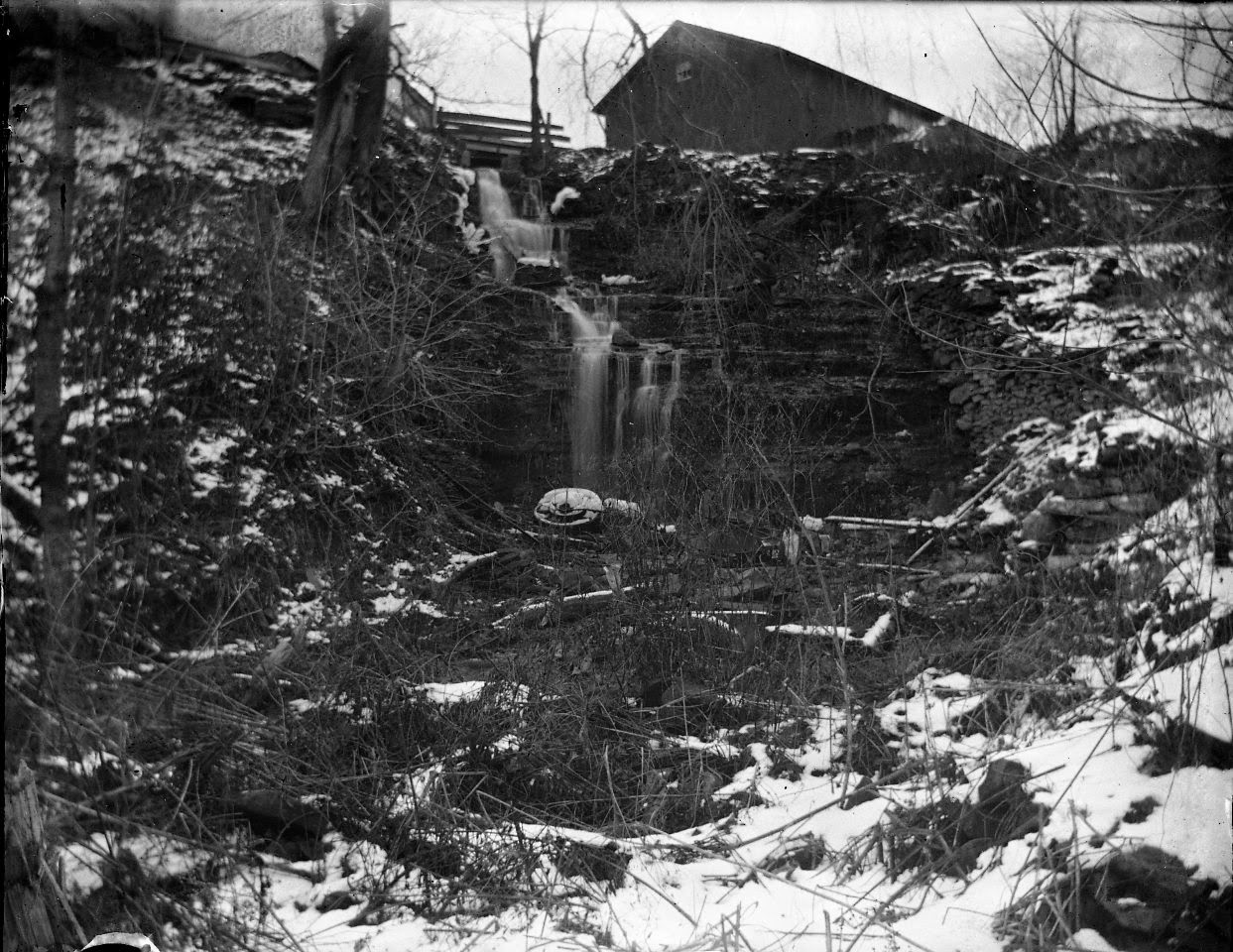This is not the sort of image you expect to find in a secluded country churchyard. I photographed it yesterday after finding a mention of it in a book on animal graves and memorials.
There once was a poodle. Its name was Azor and it was said to have been presented by Frederick, King of Prussia to Sir Thomas Swymmer Champneys in 1790. After the dog died in 1796, a statue and plaque was raised above its grave at Wood Lodge, Orchardleigh.Thomas died in 1839 and his home - Orchardleigh House passed out of the family.
Almost forty years later, the Champney chapel in the St Mary's church was being restored when the remains of his dog were found buried inside the church. A check of the poodle's grave at Wood Lodge found it empty.
In the late 1890s, the English poet Sir Henry Newbolt who was courting the daughter of the landowner, heard of the story and wrote Fiedele's Grassy Tomb. In it, he recounted how the dog had been buried at its master's feet. The local Bishop was incensed and demanded that the dog must be removed. According to author Jan Toms:
" The sexton was of the opinion that the dog had behaved in a more than Christian fashion by saving his master from drowning and a deception was carried out. Fidele (or Azor) remained with his master while a false grave was erected outside. Thus, the legend of Azor was preserved in Newbolt's poem. Later, the statue believed to cover Azor's original resting place was moved into the churchyard of St Mary's being there for all to see."
The statue is remarkable, bearing the representation of a number of animal skulls on an urn. No inscription is visible, but the weathering of the stone just adds to the presence of the memorial. If you are ever in the vicinity, please take the time to visit the remarkable moated church with its small but historical churchyard.
Jan Toms' book is Animal Graves and Memorials (Shire Books 2006)

















































